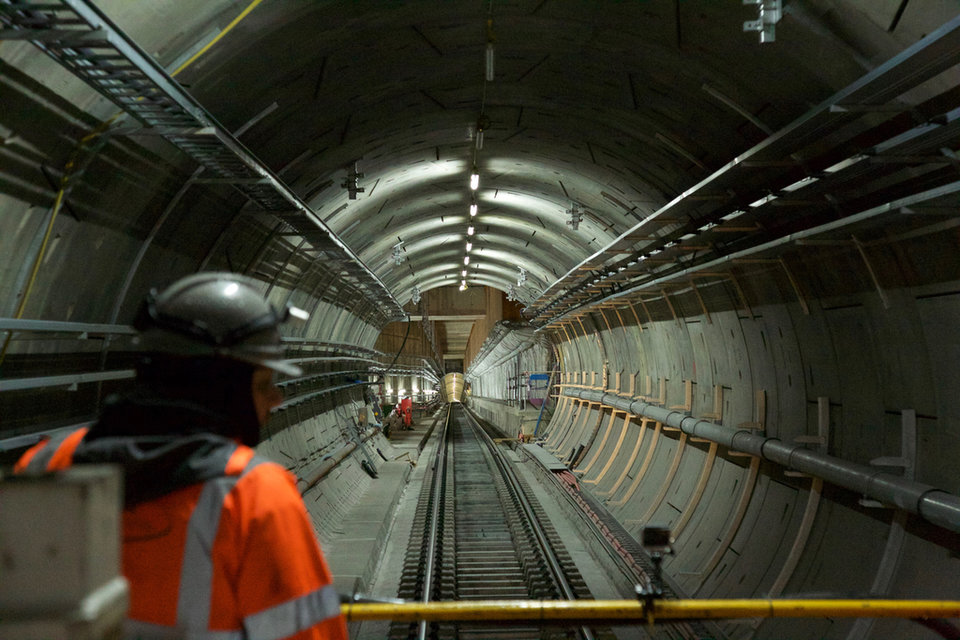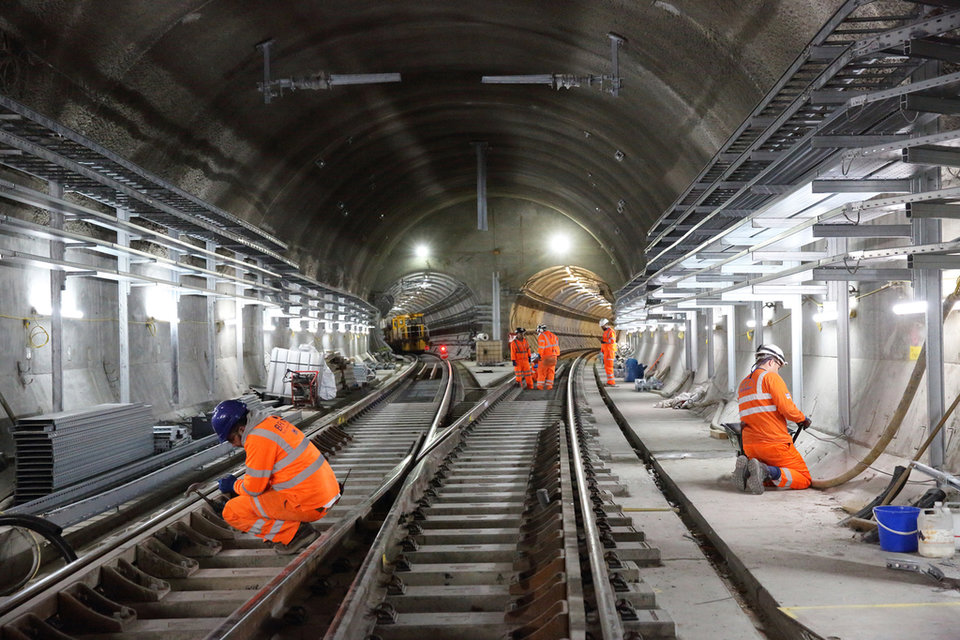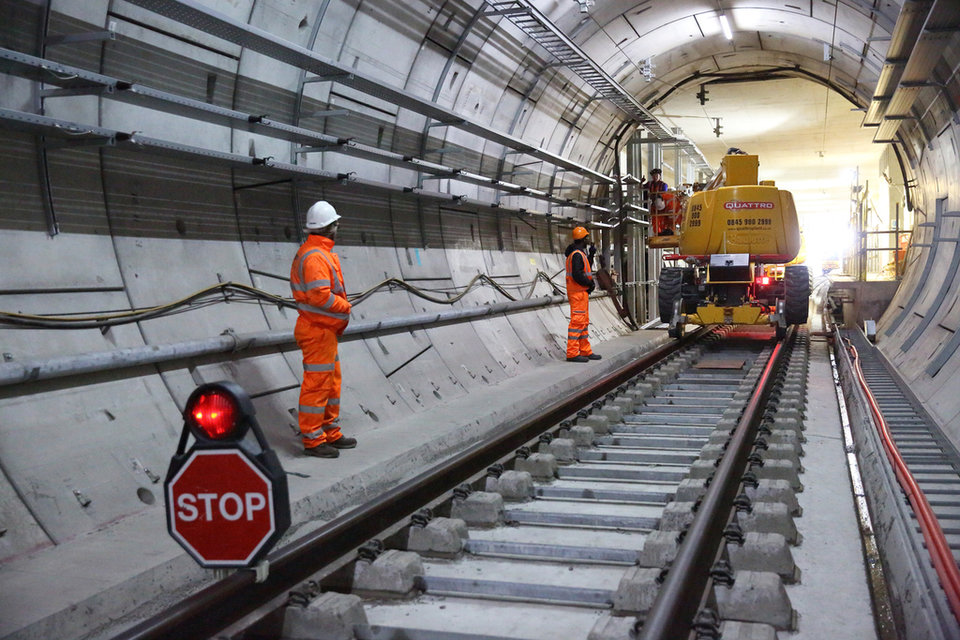There’s not one thing you can point to
Causes of the delay
In September, the London Assembly – a 25-member body charged with scrutinising mayoral activities in the capital – met with Crossrail bosses to discuss the causes of the delay.
Crossrail Ltd chief executive Simon Wright explained that integration of three separate signalling systems on the Elizabeth Line had been difficult and that subsequent testing had been slower than expected. He also said that an electrical transformer explosion at an east London station last year had delayed tunnel trials until February.
“We started testing later than we would have liked and those tests have not gone as well as we would have hoped,” he said. “It has been harder for various complicated integration factors. There’s not one thing you can point to.”
Signalling has long been seen as a particular issue for the Elizabeth Line, which mixes conventional and state-of-the-art systems across its length. The section between Paddington and Heathrow uses the European Train Control System (ECTS); west of Heathrow and east of Stratford, the train uses an automatic warning system, combined with a train protection warning system. And lastly, the central section uses a modern communications-based train control system.
The issue was raised in the past; back in 2015, The Independent reported that engineers and rail experts were struggling to create ‘interfaces’ that would allow trains to switch from legacy signalling systems to newer ones.
At a Westminster Public Forum event in October, Crossrail’s head of technical assurance John Crosfield said that the integration programme was still a massive challenge. “Getting the integration right is key to getting this delivered,” he said.
However, another delegate at the forum who wished to remain anonymous said that that it was unlikely the delay was all down to dynamic testing, as the delayed Paddington to Abbey Wood section is essentially a ‘self-contained’ railway without any interfaces to the other Crossrail elements.
“True, the Siemens CBTC control system that will control movements in the central core is not being tested, but that is a proprietary system that has been deployed in many metro systems elsewhere,” the delegate said. “Getting all the station facilities right at this stage should be well advanced and even if the odd escalator is not ready, it should not be a show stopper.”


Credit: courtesy of Crossrail
Impact of delay and further action
Throughout the forum, a common sentiment expressed by experts from Crossrail and Heathrow was that the delay is rightly a frustration, but no reason to get up in arms and that the benefits will still be there in a year, alongside the promise of a safe and reliable railway.
“It is very disappointing but it is no disaster,” said London First infrastructure director David Leam during his speech at the event. “Crossrail remains a fantastic scheme – it will be a fantastic thing when it opens. It will make travelling into London easier and quicker, reduce overcrowding [and] it will connect key business hubs with Heathrow Airport.”
While this may be an acceptable sentiment, who knows where it leaves TfL, which has been landed with a £1bn operational deficit following the removal of government grants. The organisation was relying on the project to add £926m to its coffers by 2022.
To add insult to injury, The Sunday Times recently reported that Crossrail’s original sponsor agreement, signed in 2008, included a clause that could allow the UK’s Department for Transport to overtake the project if it passes a certain budget benchmark. If this were to happen, it would raise major questions about TfL’s ability to bring about other optimisation projects on the London Underground.


Credit: courtesy of Crossrail
It is very disappointing but it is no disaster
We demand that all Crossrail discussions by the TfL board and its sub-committees are held in public
A ‘lack of transparency’
If anything’s certain, it’s that increased transparency is needed. Concerns over whether the delay was kept hidden have led to a lack of faith in the new autumn 2019 deadline.
In September, the Mayor of London Sadiq Khan claimed that Crossrail hadn’t informed him of the delay until a briefing on 29 August, but the London Assembly had discovered TfL was told of a likely pushback more than a month earlier, on 19 July. The London Assembly also highlighted that a statement TfL made to the London Stock Exchange in July also made no mention of a delay, despite the likely impact on businesses.
The Assembly’s chair, Caroline Pidgeon, said in a statement that attempts to find out when involved parties knew the delay was going ahead had led to ‘grave discrepancies’ in evidence. An all-round ‘lack of transparency’ led the Assembly to write a letter to the Financial Conduct Authority, which said it would consider whether an investigation into TfL’s conduct was needed.
“We demand that all Crossrail discussions by the TfL board and its sub-committees are held in public,” said Pidgeon. “Where commercially sensitive items need to be discussed in private, agenda papers and minutes should still be published and these must be kept to a minimum.”
“We need certainty as to when specific phases of the project will now open (and I don’t mean using seasons), clarity on how additional funding pressure will be met, and better government to ensure that this experience will not be repeated,” said Leam.


Credit: courtesy of Crossrail